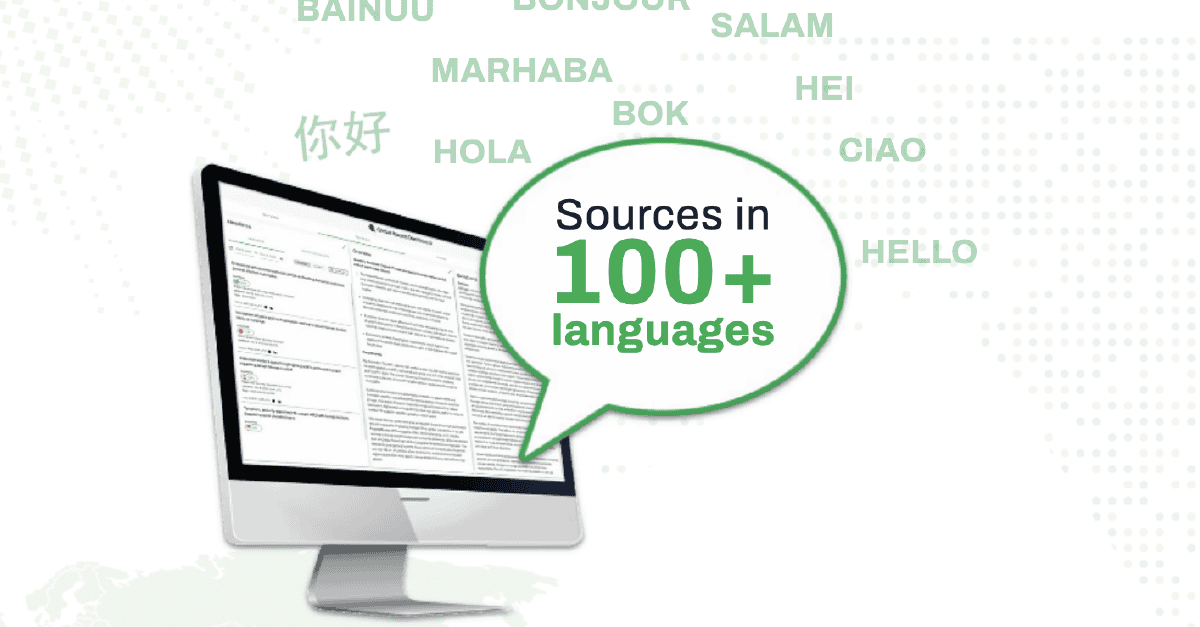Monitoring multiple simultaneous or overlapping crises pose significant challenges for companies and security teams. Organizations face a myriad of potential crises that can unfold rapidly and escalate in unexpected ways. From cyber-attacks and natural disasters to supply chain disruptions, the concept of permacrisis has become a defining feature of the modern security era. The repercussions of these events can rapidly overwhelm a security or intelligence team’s ability to respond efficiently. In such times of perpetual crisis, the ability to navigate through uncertainty and adapt quickly is paramount for ensuring the resilience and continuity of organizations worldwide.
With heightened workloads, difficulties in reallocating resources, a diffusion of focus on strategic priorities, and challenges in coordinating and communicating within the team become the norm.
Navigating through these turbulent times requires a strategic reassessment of how security operations are conducted, with a keen focus on adaptability and foresight.
One of the primary hurdles security teams encounter is the difficulty in effectively monitoring, assessing, and reporting on polycrises. The interconnected nature of these crises amplifies their impact, making it crucial for organizations to have comprehensive visibility across their operations. However, traditional monitoring mechanisms often fall short in capturing the intricate web of threats posed by multiple crises, leaving security teams scrambling to keep pace.
Moreover, the reactive nature of many security protocols poses a significant challenge in the face of polycrises. Historically, security measures have been designed to respond to singular incidents rather than continuous, evolving threats. As a result, security teams find themselves playing catch-up, perpetually reacting to the latest crisis rather than proactively mitigating risks.
So how does an organization begin to shift their approaches to operate in a world of multiple or rolling crises?
Complexity:
- Employ advanced analytics and artificial intelligence (AI) and machine learning algorithms to identify patterns, anomalies, and underlying factors across diverse data sources.
- Collaborate with subject matter experts from various domains, such as geopolitics, economics, social sciences, and technology, to provide multidisciplinary perspectives.
- Develop scenario-based planning and wargaming exercises to anticipate and prepare for complex crisis situations.
Data Overload:
- Implement automated incident response systems to prioritize and streamline the handling of security alerts based on predefined risk criteria.
- Utilize natural language processing (NLP) techniques to extract actionable insights from unstructured data sources, such as social media feeds and news articles.
- Employ data visualization tools to see where events are taking place in relation to your business operations, assets, and people.
Siloed Information:
- Foster a culture of information sharing and collaboration across departments and teams.
- Implement enterprise-wide intelligence platforms to capture and disseminate relevant insights and best practices.
- Establish cross-functional crisis management teams or fusion centers to promote information sharing and coordinated decision-making.
Rapidly Evolving Threat Landscape:
- Develop dynamic threat models that adapt in real-time based on evolving threat intelligence and environmental factors.
- Leverage real-time data streams and advanced analytics to identify emerging threats and patterns as they unfold.
- Adopt agile and iterative crisis management processes to adapt quickly to rapidly evolving situations.
Resource Constraints:
- Explore threat and risk intelligence solutions with advanced monitoring and expert-curated search capabilities without significant upfront time investments saving time to value.
- Leverage open-source intelligence (OSINT) and publicly available data sources categorized and customized to your organization to help cut through the noise.
- Collaborate with industry associations, government agencies, or research institutions to share resources and leverage collective intelligence.
By implementing these solutions and continuously adapting to evolving challenges, companies and security teams can enhance their ability to monitor polycrises proactively and effectively, mitigating risks and safeguarding their interests in an increasingly complex and interconnected world.





